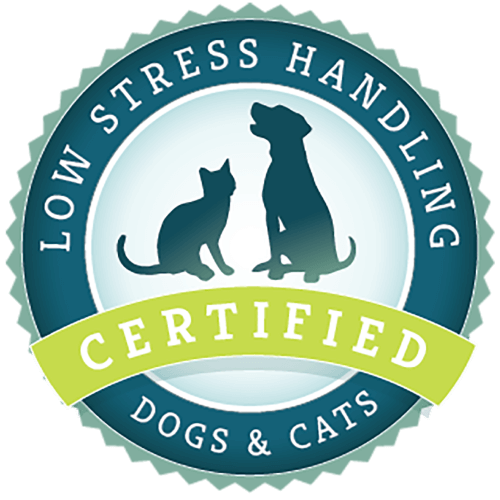What article are you looking for?
Category: I am a…
Teaching Eye Contact to a Dog
Eye contact teaches your pet to focus attention on you and check in with you regularly. By reinforcing this behavior, you are making yourself more exciting than the environment around you. Eye contact should be a fun activity for your dog. With practice, your dog will look to you for guidance, no matter the surroundings.
Storm and Other Noise Phobias
Storm phobia, or fear of storms, is a common behavior in dogs. A magic pill to treat a noise or storm phobia does not exist. Treatment involves a combination of environmental management, behavior modification, and medication.
Leash Reactivity in Dogs
Reactivity is a dog’s response to something in their environment which is triggered by anxiety, fear, or frustration. As much as reactivity can occur in different environments, it is commonly observed when a dog is restricted to being on leash. There is no quick fix when it comes to reducing leash reactivity. Have patience for your dog and the learning process.
Low Stress Toothbrushing
Recommended by veterinarians, daily toothbrushing is one of the best ways to slow the progression of dental disease, lengthen the time between professional cleanings, and has many other benefits to your pet’s overall health. When you brush your pet’s teeth it’s okay if you aren’t perfect. It is more important for your pet to be comfortable and willing to accept frequent brushing.
Behavior Supplements in Dogs and Cats
Many colleagues and pet owners ask about the use of supplements in the treatment of behavioral issues. There is limited documented evidence on the use of these supplements, but to address this demand for information, here is what we know is being used and impressions from what experience and data are available.
Training Series: Target Training Dogs with Touch
Targeting is teaching your dog to touch a part of their body such as a paw, shoulder, hip, or nose to a specific object. The most common use is asking the dog to touch their nose to a person’s hand. Teach and practice this behavior in the house first. Then around your yard, and on walks where the environment is naturally more distracting.

Low Stress Handling® Silver-Level Certification
Individual Certification at this level demonstrates to clients and employers the individual’s dedicated interest in Low Stress Handling®. Hospital Certification at this level demonstrates to clients and staff the hospital’s commitment to appropriately training staff in Low Stress Handling® methods.
Learn More
